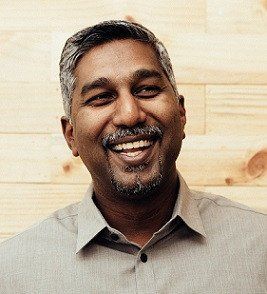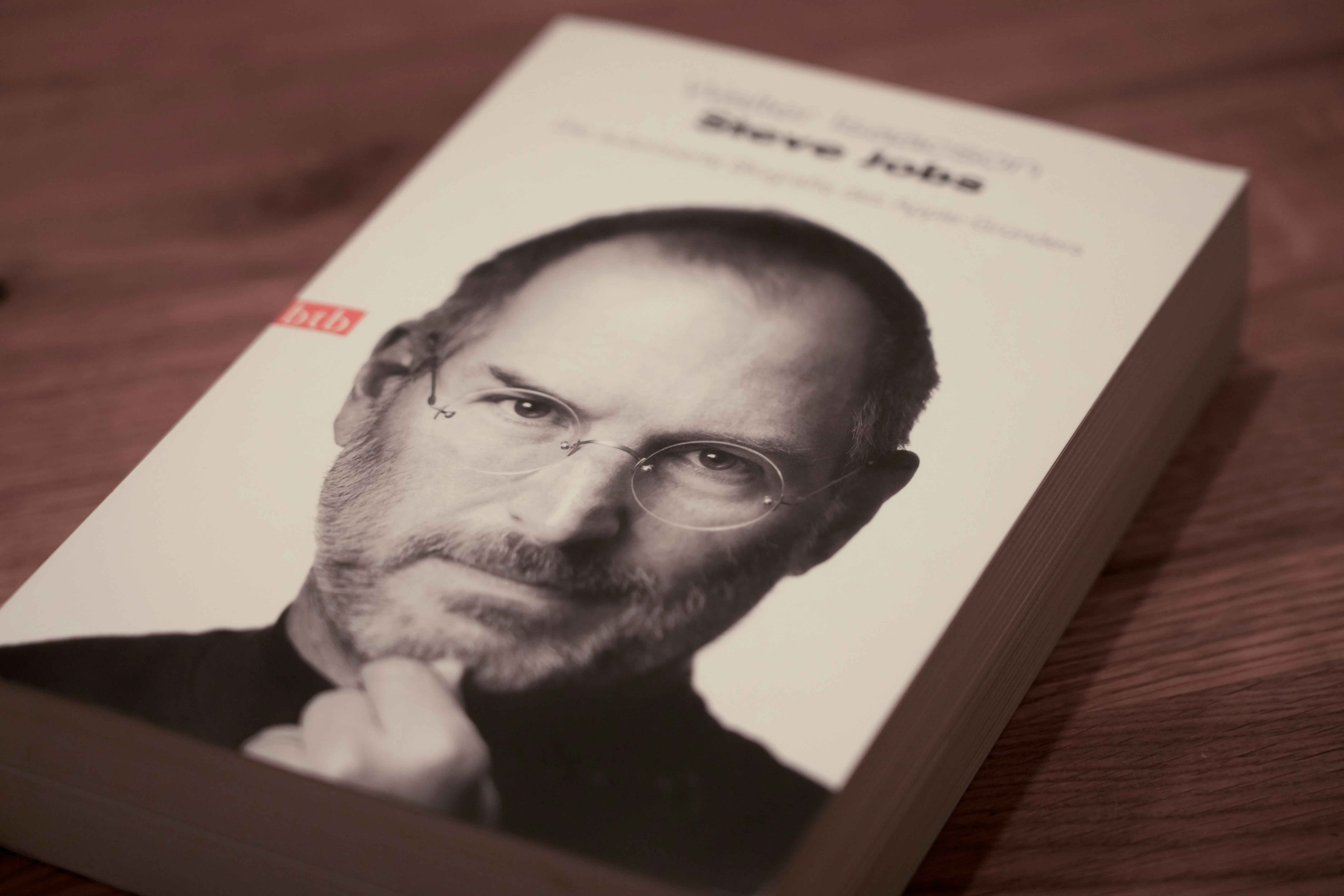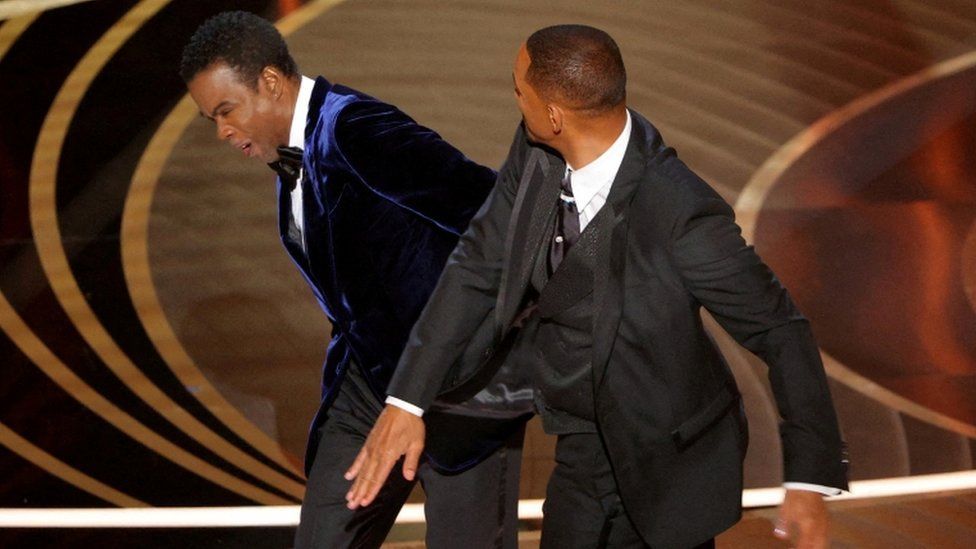Leadership 52: A Lifetime’s Worth Of Leadership Skills In 52 Weeks

If you would like to get ahead and address the most important gap in the workforce, then Leadership 52 was built for you.
What the years have taught me
If there’s one thing I’ve learnt from my career spanning 20 years and including everything from engineering to software development to manufacturing automation, it’s this: It’s never about the tools that I use, nor the hard skills that I have. There are two reasons for this:
- As you move up the corporate ladder, others carry out the actual execution, and the skillsets required of you are to manage that execution.
- The technology keeps changing faster than you will be able to adapt to it.
This is why I was heartened to see the Future of Jobs report that highlighted the skills of the future. Published by the World Economic Forum, the report lists the following as among the top 10 most valuable skills in times to come:
- Critical & Creative Thinking
- People Management & Coordination
- Emotional Intelligence
- Problem Solving & Decision Making
- Service Orientation, Negotiation and
- Cognitive Flexibility.
I would like to take the liberty to call this leadership.
It’s not just about telling people what to do
We are accustomed to defining (or perhaps limiting?) leadership as behavior that is attributed to good people managers. It is almost like you climb a ladder from individual contributor to manager to leader. We at Leaderonomics take a broader view of leadership.
It starts with our Science of Building Leaders (SOBL), where we outline the different aspects of development that a leader must go through; from Agency, to having a Secure Base and Crucible Moments, to many more critical experiences. For more on this, read here.
We then looked at working professionals and how we could help them develop their leadership competencies. Looking at a typical progression, it is clear that leadership starts with managing yourself and your tasks, and later develops into managing your relationships with others. This is followed by managing teams and projects and making decisions. Though the scope of these skills grow as your career progresses, the fundamentals of leadership remain the same.
How Leadership 52 came to be
Through our exploration of these fundamentals, we developed our Leadership 52 competency pathways, known as L52.
Through the L52 competencies, you are assured to develop every aspect of being a leader today (regardless of your role). Why 52? There are fifty-two topics that we believe every leader should master, and in a specific sequence. The goal was to identify a holistic leadership development plan. This turned out to be 52 topics, conveniently aligning to the number of weeks in a year (and I suppose we weren’t very creative when thinking of a name).
Then again, what’s wrong with calling a spade a spade?
Your journey starts with the Foundations where we cover Self Awareness, EQ and Decision Making. This is followed by Emergence where we cover Communication, Working with Others and Teams. Finally, it’s Executional Leadership, where we cover how leaders build Alignment, Culture, Structures/Processes and Business Models. For those who are familiar, this final Executional phase helps leaders deliver on the promise of the Science of Transforming Organisations. You can read more on that here.
Our leadership content can be clearly mapped to the skills outlined in the Future of Jobs. However, I daresay it’s even more holistic. As technology rapidly surrounds us and the world keeps evolving, we are confident it’s leadership that will be the transferable skill that bridges you from the present to the future. Through L52, we enable everyone to understand the steps needed to build these skills in a bite-sized and sequential manner.
If you would like to get ahead and address the most important gap in the workforce, then Leadership 52 was built for you. We are now using it as an expert guide to deliver our core services. Most desired behavior changes can be traced back to L52, enabling us to diagnose the most urgent development gaps that need to be addressed.
A lot of people prepare for the future by scrambling to learn what is ‘popular’ today. Historically, this has never worked out well.
We have also started using L52 to guide our content creation. We are creating a 52-week pathway that will help learners upskill themselves in a holistic manner. By making one pathway available each week on our online learning platform necole, we are micro-skilling learners on leadership over a full year.
Completing these pathways will allow you to master skills that will help with employability and career progression. In the coming months and years, we are looking to build an equivalent of the L52 for Functional Competencies.
Connecting the present and the future
As excited as I am about the future of work, I can imagine that it is daunting to many. To embrace the future requires an agility, a resilience and a positivity that is perhaps not as common as you would expect. But the future is happening and is leaving with or without you on board. 
Editor’s note: Sorry, couldn’t resist putting this here.
A lot of people prepare for the future by scrambling to learn what is ‘popular’ today. Historically, this has never worked out well. Just ask those who scrambled to learn IT, rushed to buy cryptocurrency, or flocked to Oil & Gas, all at their peaks.
You can try to time the market and take a risk. But what is new today won’t be what’s new tomorrow. We will never know what skills will be relevant 5 years from now. Ask those who studied Fortran, then C, then C#, then Python, and who still continuously chase the next programming language year after year.
We only know one thing for sure: the world will change. In fact, even as we speak, it is changing faster than ever. Organisational design itself is evolving with the gig workforce coming into play. Through all this disruption, there are only two constants: that change is inevitable, and that leadership skills will always be valued. If you don’t believe us, just ask the World Economic Forum.
Through L52, we enable everyone to understand the steps needed to build these skills in a bite-sized and sequential manner.
Hence the need to clearly define Leadership 52. We wanted to make it easy for anyone to understand what encompasses the often nebulous competency called Leadership. We break it down for you so that you can understand it. Hopefully, this helps you in your self-development journey.
More of a visual learner? Here are some graphs that show how we’ve mapped out L52:
Stage 1: Foundational Leadership
Stage 2: Emerging Leadership
Stage 3: Executional Leadership

Editor’s note: If you like the idea of a leadership development program that delivers bite-sized chunks of content to you (unlike this sentence) then you may like what you read about Necole, our personalised leadership development guide. Transform yourself into a consummate leader in just fifty-two weeks through Leadership 52.
Leadership
Tags: Foundational Leadership
Sashe is certain that his 18-year early career in IT was about leadership and not technology. He has spent the last 8 years redefining what that means as a HR consultant and learning leader with Leaderonomics.







